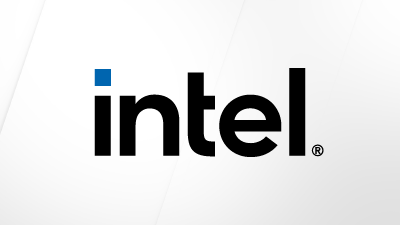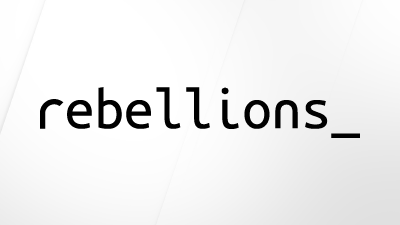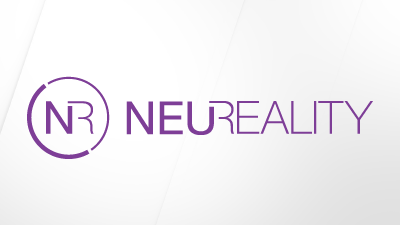Explore challenges and solutions in AI chip development
Overview
Microsoft, a global leader in technology and software solutions, was seeking to enhance its verification process for hardware development. Microsoft is renowned for its cutting-edge innovations and large-scale projects that demand rigorous and efficient verification methods. To maintain their high standards, they needed an autonomous solution that could seamlessly integrate with their existing VCS regression flow, offering diagnostics on changes to stimulus distribution. The solution had to be scalable and adaptable throughout the project lifecycle, from the initial stages to the final tape-out.
"Implementing Synopsys VCS ICO into our flow helped us to reveal hard-to-detect bugs with a significantly reduced number of simulation seeds. The ability to detect these elusive bugs earlier and with fewer tests has not only improved our efficiency but also enhanced the quality of our final product."
Uday Kothapalli
|Verification Engineer, Microsoft
Challenges
Microsoft faced several challenges that demanded prompt and effective solutions:
Improve Verification Quality: Microsoft needed to generate harder-to-hit scenarios to ensure comprehensive coverage closure. Traditional methods were consuming more seeds to uncover elusive bugs, impacting the quality of their verification process.
Speed Up Testbench Stabilization: The existing constrained random verification method required numerous cycles to stabilize the testbench, leading to inefficient utilization of machine resources.
Reduce Effort Writing Directed Tests: Writing directed tests for the last mile of coverage was labor-intensive and time-consuming, necessitating a more efficient approach to close coverage gaps.
Solution
To address these challenges, Microsoft implemented Synopsys VCS Intelligent Coverage Optimization (ICO). This solution leverages reinforcement learning based AI/ML technology to enhance verification efficiency and accelerate constraint random verification at all stages of the project timeline. Key features of the solution included:
High-Quality Stimuli Generation: VCS ICO biases input stimuli to diversify constraint random stimuli creation, improving the likelihood of hitting corner cases and uncovering new bugs.
Efficient Coverage Optimization: ICO enabled intra-simulation and inter-simulation learning, optimizing coverage with fewer tests and reducing regression turnaround time (TAT).
Autonomous Solution: ICO was seamlessly integrated with Microsoft’s existing VCS regression environment, making it adaptable to design and testbench changes throughout the project lifecycle.
Expert and Responsive Technical Support: Hand-in-hand customization of the ICO flow to meet the regression suite requirements and enable immediate impact on verification efficiency.

Results
The implementation of VCS ICO brought significant benefits to Microsoft:
Enhanced Stimuli Diversity: VCS ICO significantly improved the quality and diversity of generated stimuli, making it more likely to hit elusive bugs.
Efficient Bug Detection: Traditional simulation runs exceeding 10,000 seeds failed to expose certain bugs, whereas when deployed with VCS ICO required only 300 seeds to identify these hard-to-hit bugs.
Early Detection of Errors: With VCS ICO, six new error signatures were observed in the regression. One of these error-causing constraints had been part of the codebase for over three weeks, highlighting ICO’s ability to detect issues earlier in the verification cycle.
Reduced Turnaround Time: The solution facilitated a 'left shift' in the verification cycle, moving the detection of bugs and coverage holes earlier in the process, thereby significantly reducing coverage regression TAT.
Microsoft’s collaboration with Synopsys and the deployment of VCS ICO has led to a more efficient, scalable, and high-quality verification framework. This success underscores the impact of advanced AI/ML technologies in driving innovation and operational excellence in software development.








